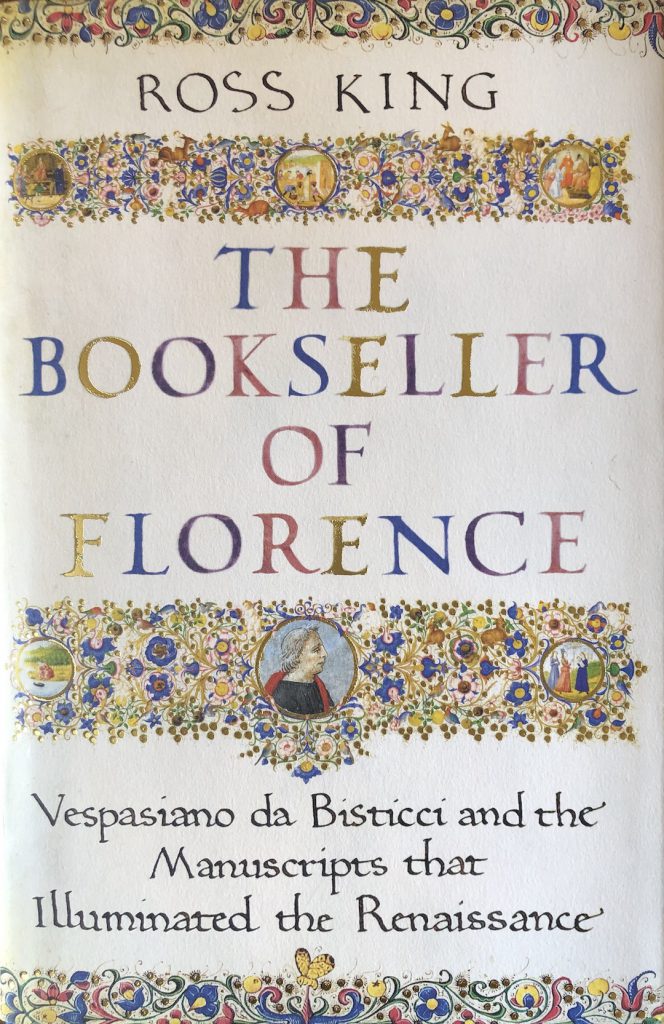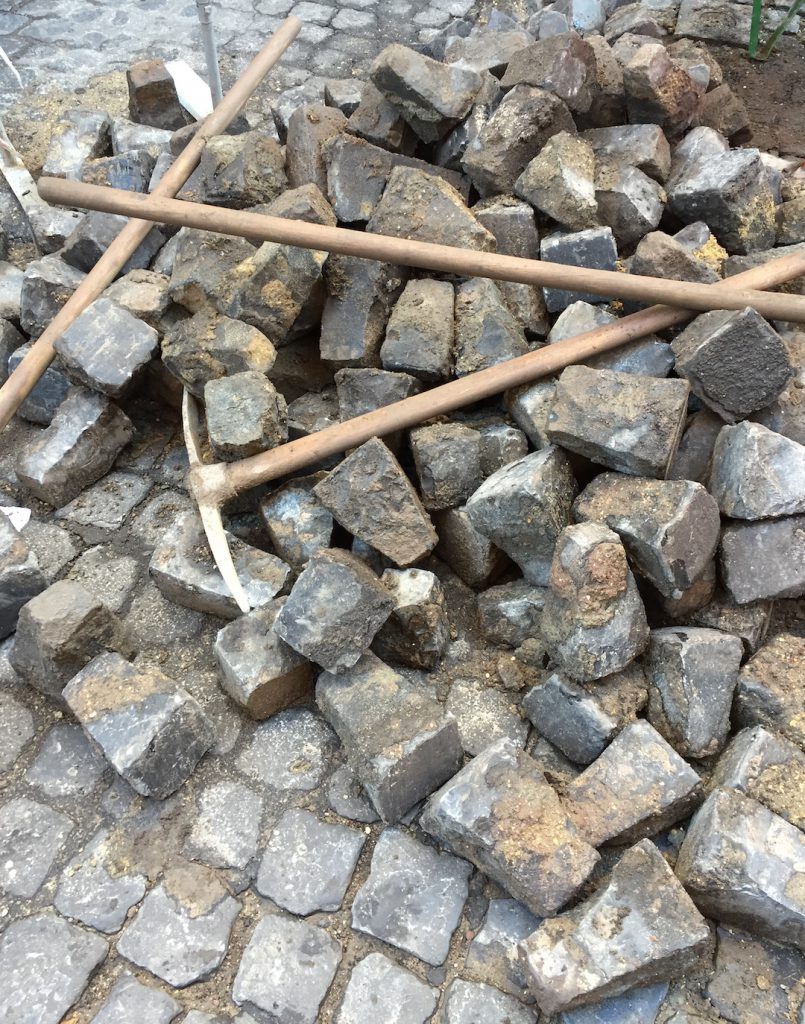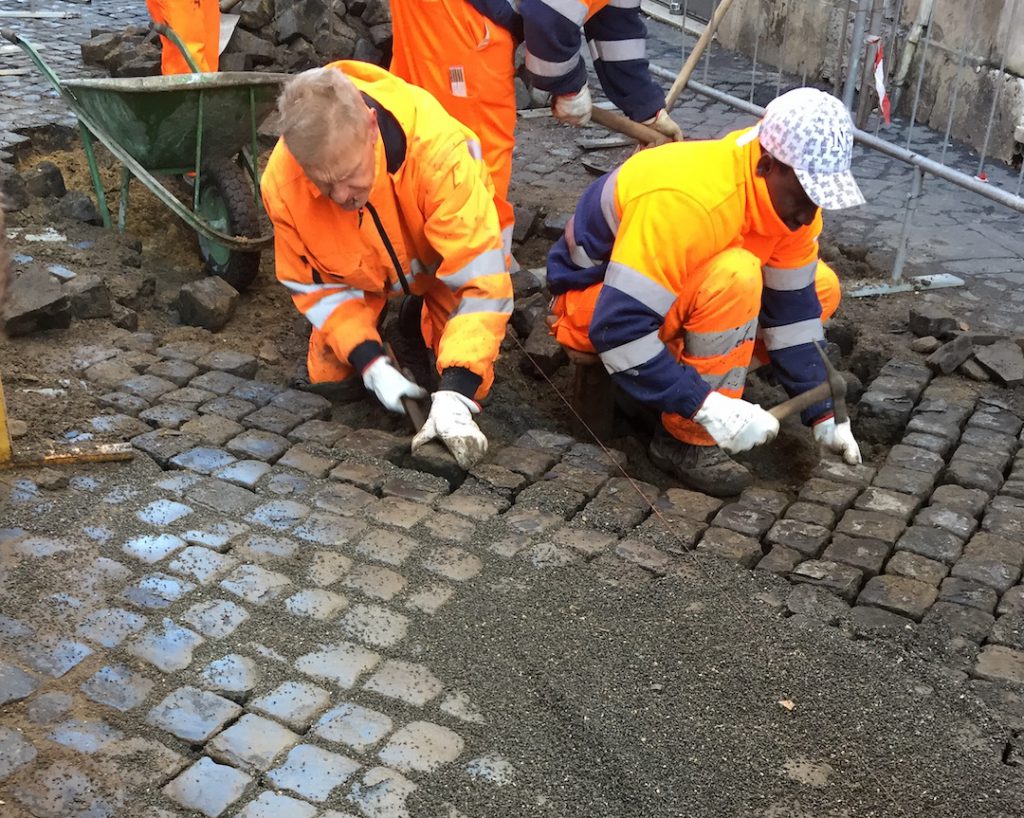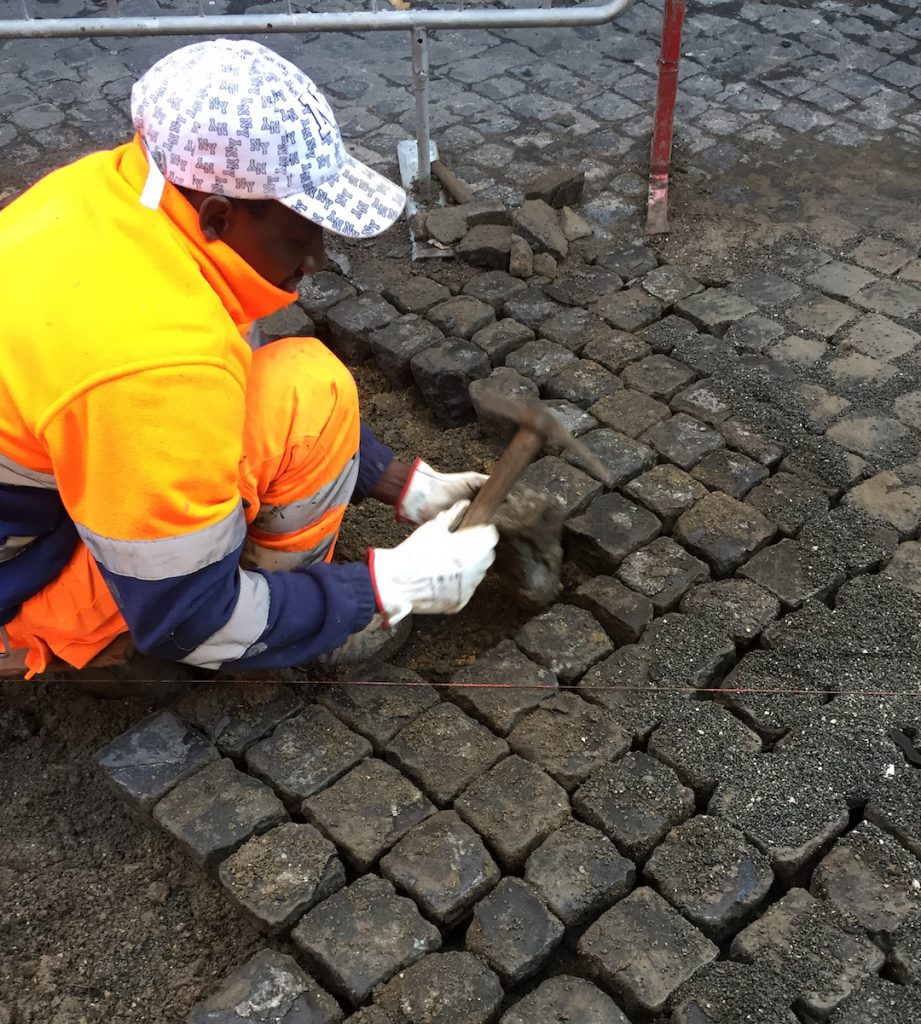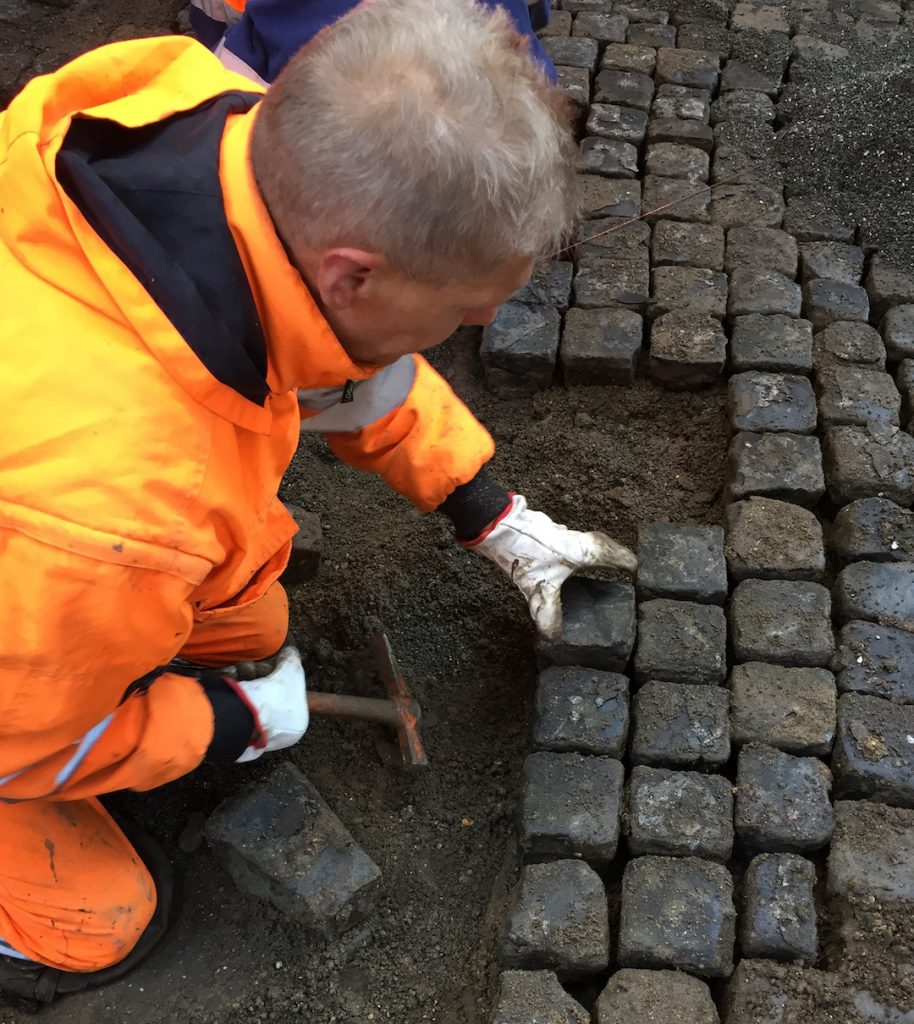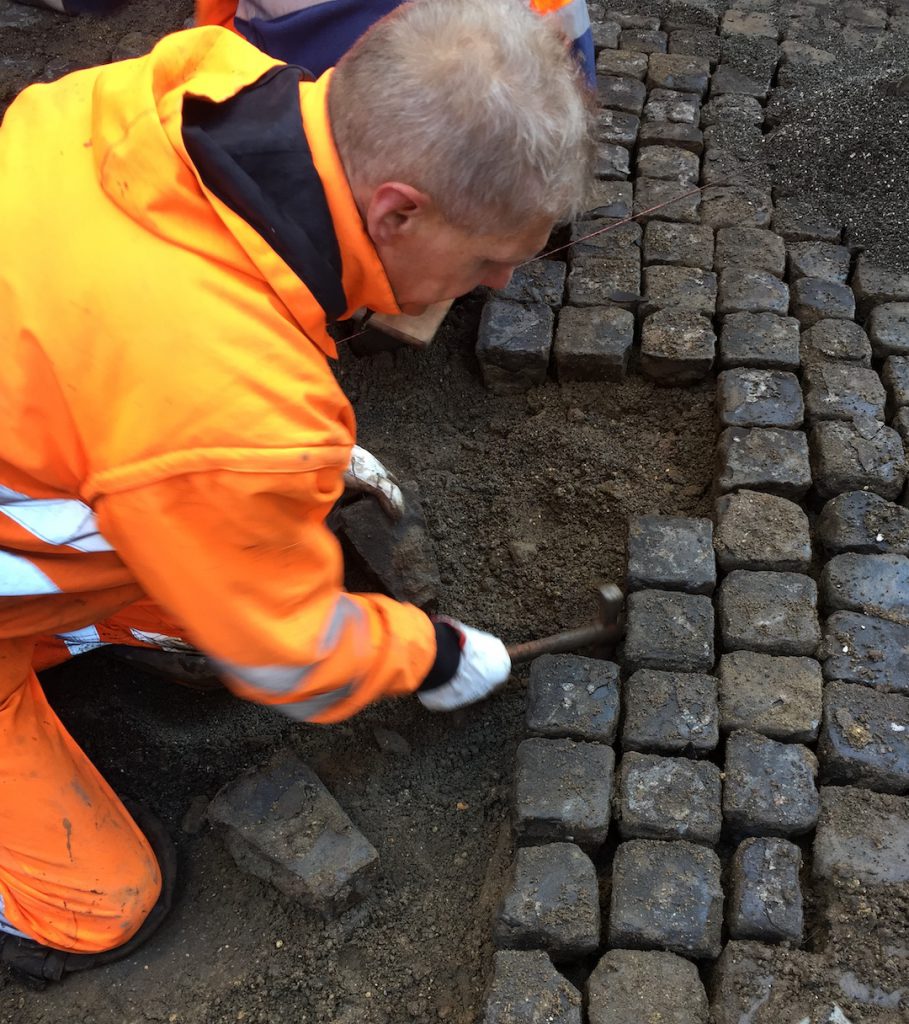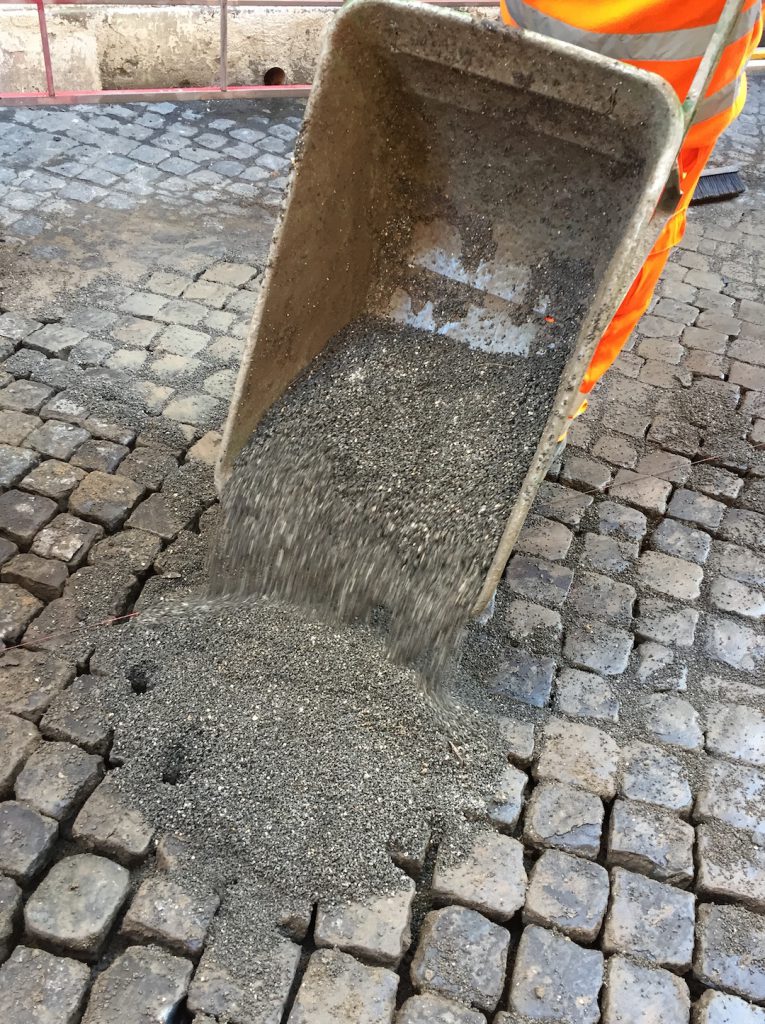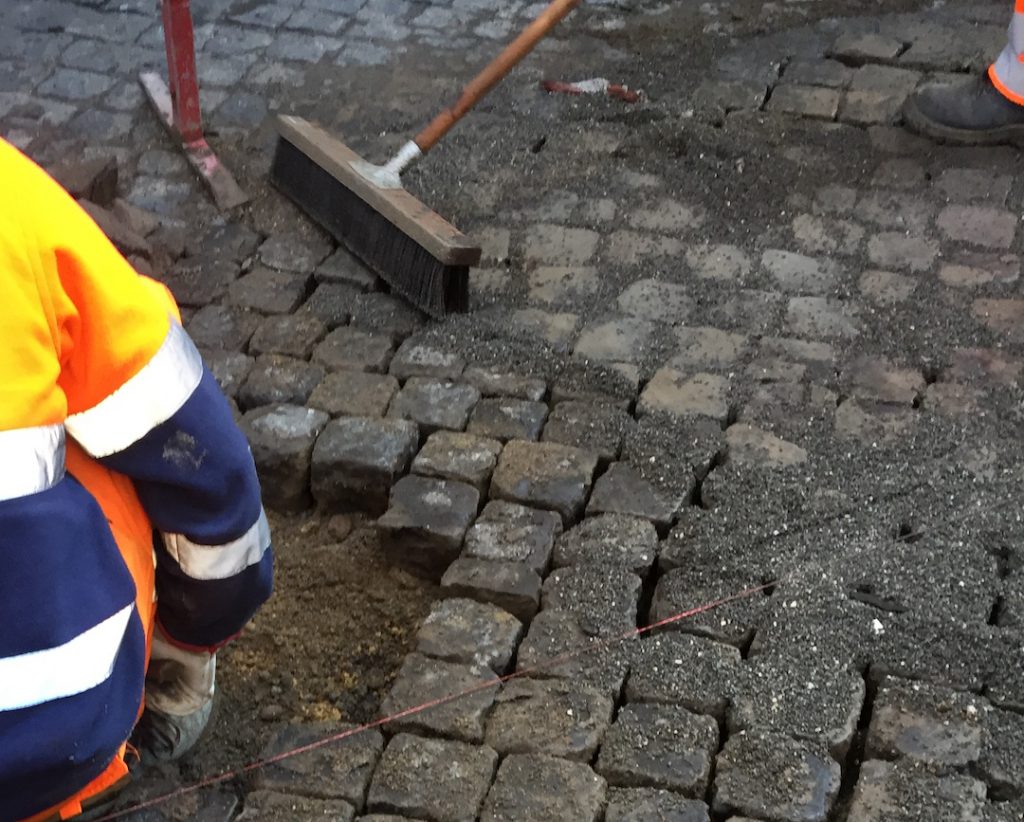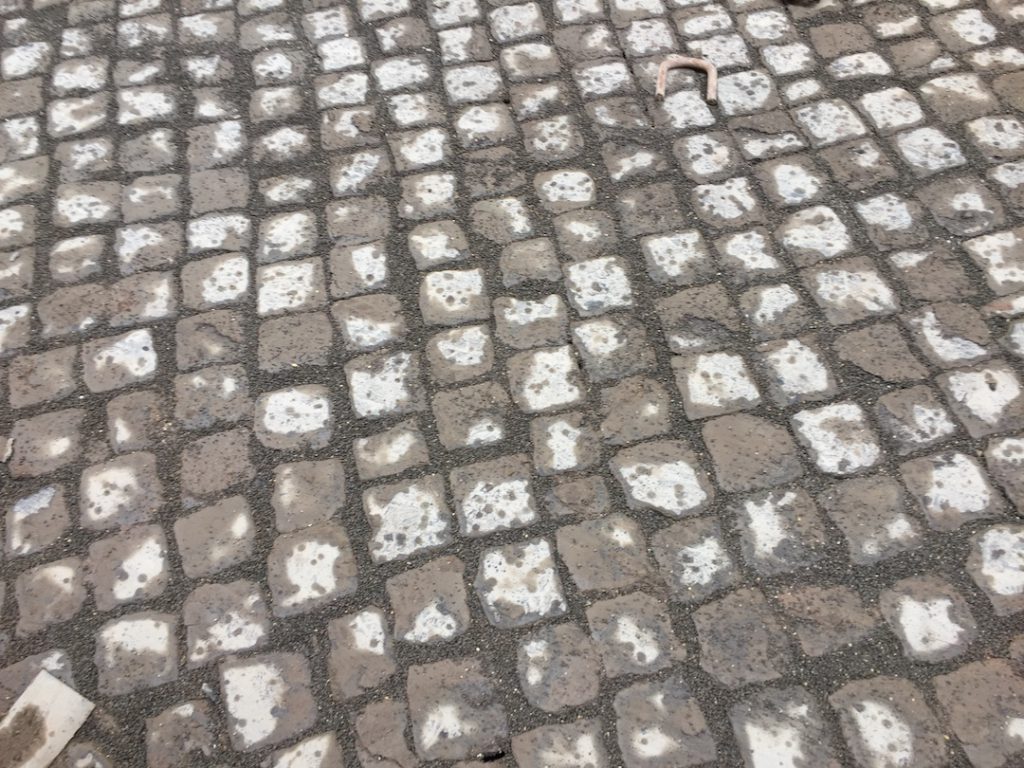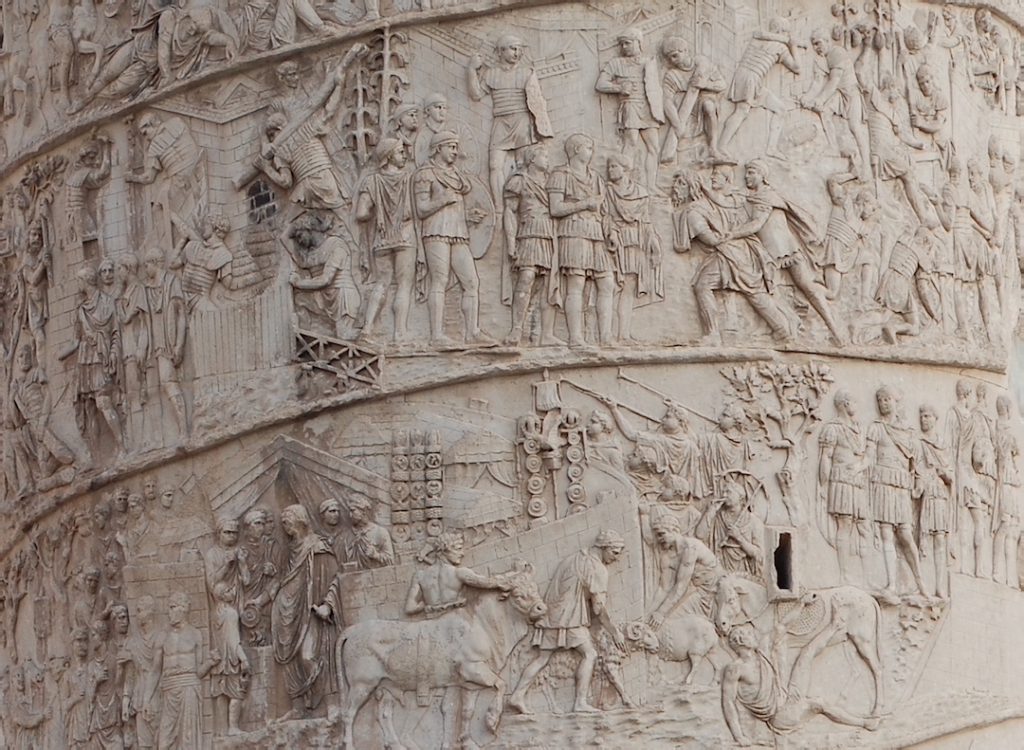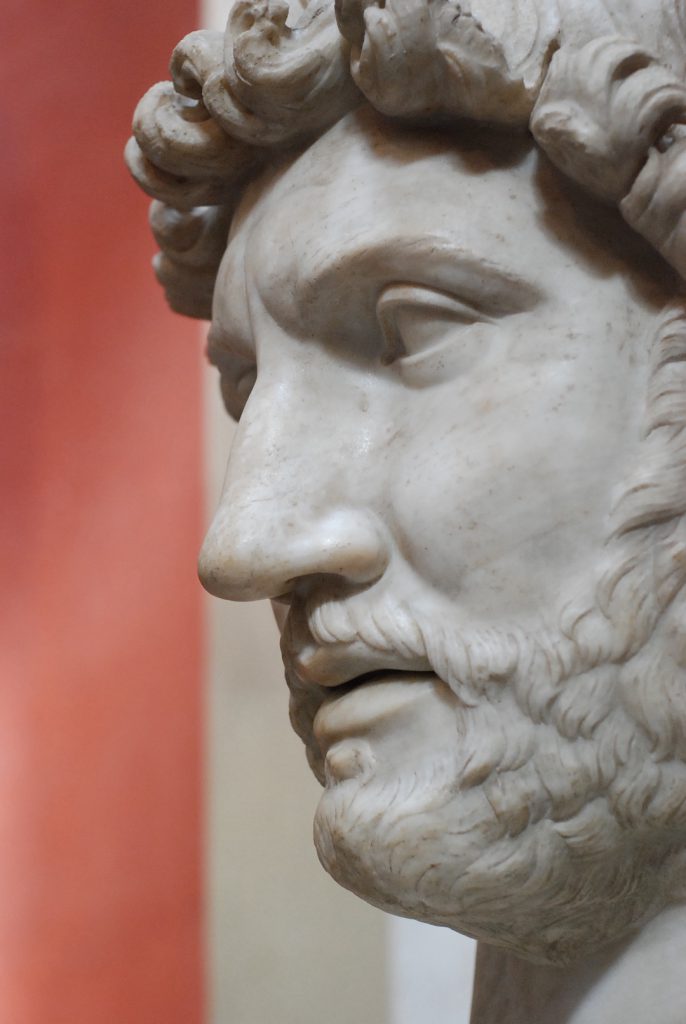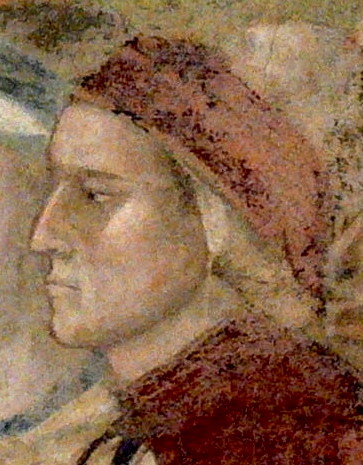Empires that tend to be large, and try to unite peoples of disparate ethnicities under one ruler, certainly have a communication problem, more so in antiquity when getting ideas around was a much slower business. The power, the benevolence—indeed the very existence of a new emperor had to be drummed in one way or another. Coinage was pressed into service. Everyone needed coins to pay taxes while soldiers, paid in coins, could see the ruler’s portrait on them.
Colour, as exclusive to the top end of the ruling class, was also used at least from the 2nd millennium BC according to written sources. And the colour used was purple, the colour of a dye extracted from a marine mollusc and developed on the east Mediterranean coast and subsequently commercialised widely by the Phoenicians. The Hittites and later the Assyrians mention it as a tribute extracted from the area. Persia adopted purple wholeheartedly. Such success, apart from personal taste, is probably down to the fact that it was the only colour-fast commercial dye known in antiquity. Empires are not supposed to fade. And besides, it was very expensive, reassuringly so, worth its weight in silver. Wannabes who tried to cheat with a dye extracted from radicchio endives were soon exposed.
When Alexander the Great toppled the Persian Empire, he adopted the Persian style with enthusiasm: purple hat, purple shoes, tunic, mantle and a profusion of purple soft furnishings: cushions, rugs and carpets. He gifted purple things to his entourage as a mark of favour. The chosen few were called the ‘porporati’. As he died in Babylon it was left to his successors, the diadochoi, to bring the fashion westwards. The up-and-coming power of the time, Rome, adopted purple as a symbol of power but in a more modest version, as consonant with a republic that did not wish to be associated with the absolutism and tyranny of the defunct Persian Empire. Senators and other worthies had bands of purple on their togas, of differing widths according to rank. Only a victorious general was allowed a full purple toga embroidered with gold (the toga picta).
As the wheels of history moved on and the Roman Empire became a reality, the colour purple took a new dimension. On 23 July AD 18, at the beginning of the reign of Tiberius, Caius Cominius Leugas discovered the quarries of red and black porphyry in the Eastern Desert of Egypt. So says the inscription found in a location some 30km inland from Hurgada on the Red Sea in one of the quarry villages. The date suggests that the province of Egypt was being prospected for mineral resources. After the demise of Antony and Cleopatra, Egypt came under the direct control of the Emperor, being too rich and important to be left to senators or equestrians. The Egyptians had been aware of this stone, with its stunning purple hue dotted with white specks, but had not exploited the quarries. They had only used the odd loose boulder, found lying on the valley floor, to make vessels. Perhaps they did not particularly like it, or were defeated by the logistics of extracting and moving large pieces. Not so the Romans. About 50 years later the operation was up and running, roughly at the same time as the exploitation of the granite quarries on Mount Claudianus about 50km to the south. These in due course provided the columns for the front porch of the Pantheon, still there to be admired.
The Roman activity at Mons Porphyrites, which lasted almost without interruption until the 5th century, has recently been investigated by a British team. Another reason for the study is because the site is under threat from nearby tourist development at Hurgada. Access has become too easy: the desert is not what it used to be.
The area is mountainous and the porphyry is present as intrusions in dikes, most of which are vertical. Therefore the quarries are high up and connected to the wadi floor with slipways. Workers lived in villages; the military personnel, indispensable for security and for technical expertise, lived in a fort together with the administrative staff. It is thought that the workforce was mainly Egyptian, as the two temples identified are dedicated to Egyptian gods. The vexed question of slave labour remains difficult to solve but ostraka (pottery sherds reused to write messages on) talk of payments to workers—or at least, to specialists, such as the blacksmith for whom wood had to be found, as indeed it was: oak has been identified, which must have been sourced outside Egypt. A blacksmith was required for the metal tools. Porphyry being harder that granite, it could only be obtained with the use of metal wedges and chisels.
Transport, first to the Nile (some 140km), then down the Nile and finally to Rome, remains a bit of a mystery. If you look at Nero’s colossal monolithic basin, now in the Vatican Museums but formerly in his Domus Aurea, you can see the extent of the problem. The diameter of the basin (some 470cm, never mind the supporting structure which may not be original) suggests a weight of several tons (a cubic metre of porphyry weighs 2.7 tons), quite a job to shift and transport. Eighteenth-century evidence from Carrara in Italy suggests that a wagon load of 18 tons could be handled by 12to 18 pairs of oxen. But this is a desert area and cattle do not prosper here. Indeed the animal remains suggest the presence of horses (for the military), donkeys, mules and camels. Camels are very strong but also have a foul temper and are difficult to harness in large numbers for a long trek.
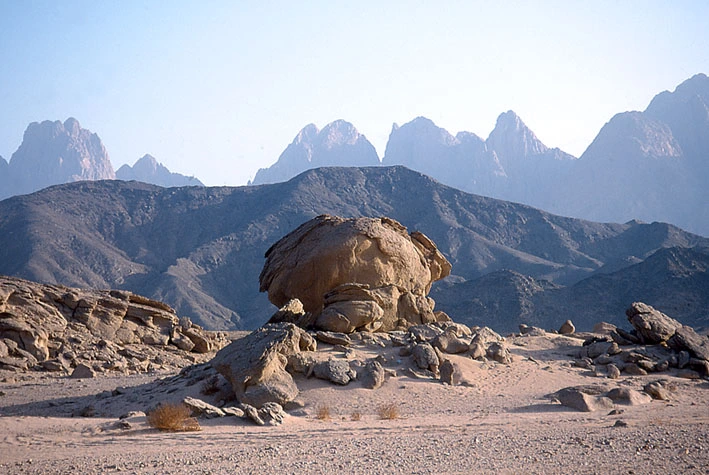
Somehow or other, however, the stone was moved, starting off from Badia, a nearby fort just out of the wadi in a very fine location (as the picture above shows) to the southwest to Qena on the Nile. It was moved north in such quantities that when the Roman Empire collapsed there was enough porphyry in Rome to adorn the successor capitals from Ravenna (where Theodoric, King of the Ostrogoths, had a porphyry bath manoeuvred into his extravagant tomb) to Byzantium and beyond. There were enough spare columns to beautify churches and palaces, to satisfy everyone. Only statuary perhaps suffered, as there were no fresh blocks to carve. Byzantium went as far as panelling a whole room with porphyry for the heir to Empire to be ‘porphyry-born’ (Constantine VII Porphyrogenitus). Porphyry sarcophagi continued to be used; a good selection can be seen in the garden of the Archaeology Museum in Istanbul.
These were heady days for the Byzantines: the Arab incursions had been repelled and the Turks were not yet on the world scene. Many years later, Fatih Sultan Mehmet, who turned Byzantium into Istanbul, had no time for porphyry: the colour of Islam was green.
By Paola Pugsley. Her latest book, Blue Guide Mediterranean Turkey was published in 2020.







